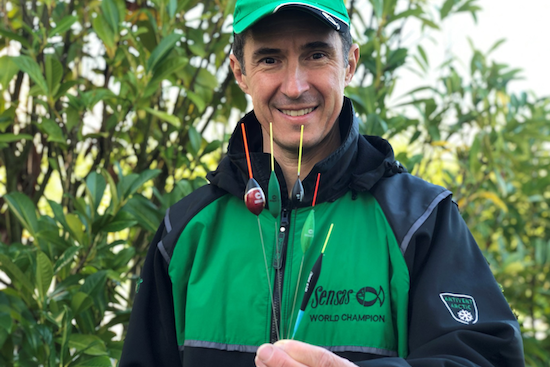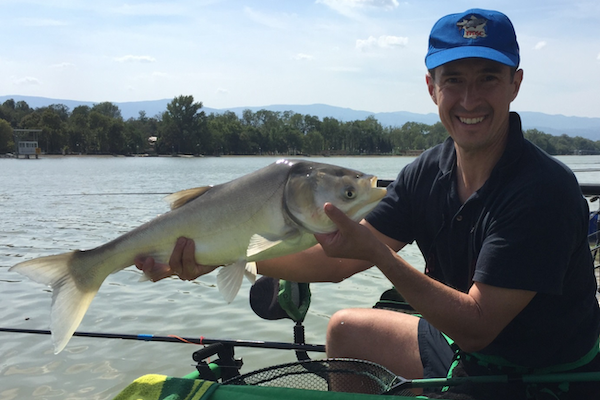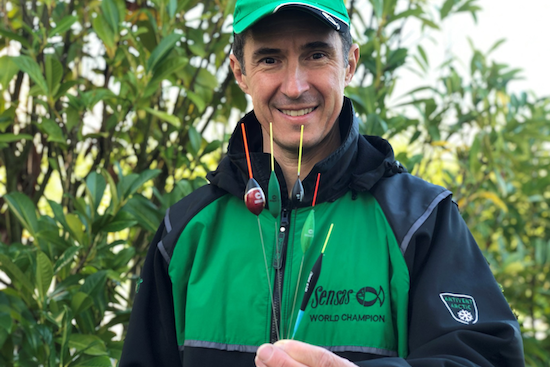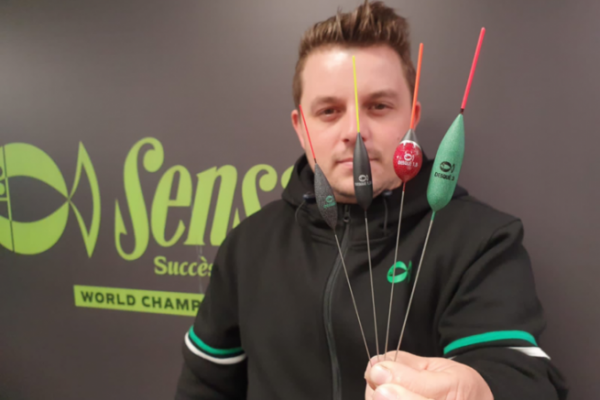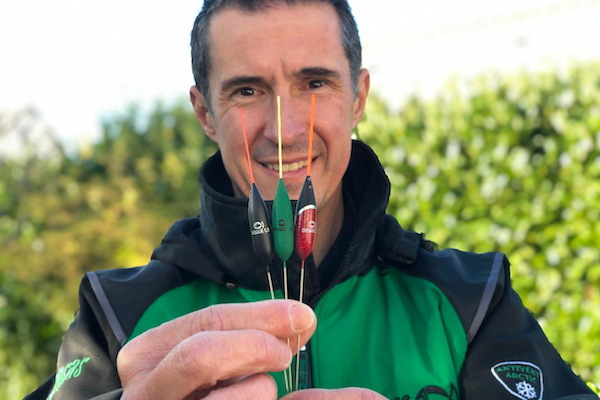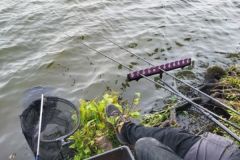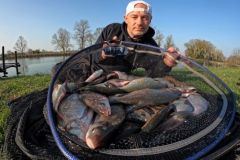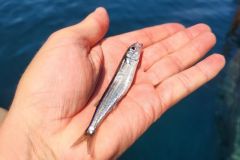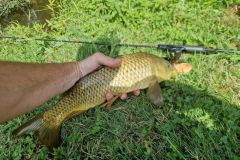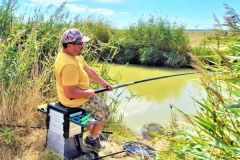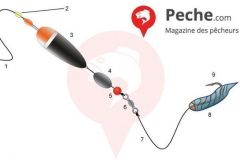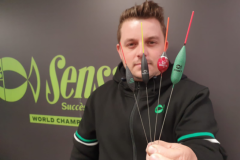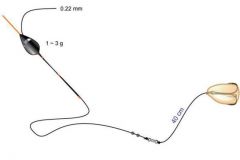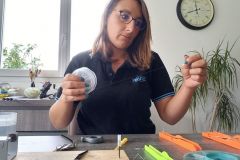Different keel types
There are many different types of keel on the market. They can be made of metal, fiberglass or carbon. Its length can be greater or lesser, as can its diameter.
As each of these elements has an impact on line set-up and stability, the choice of keel will depend on various criteria, such as the characteristics of the fishing area encountered (depth, presence or absence of current, etc.) and the fish caught.
A metal keel for greater stability
Keep in mind, then, that for all fishing where the stability of the bait on the bottom will be particularly important (river, canal or pond in the presence of wind and/or drift), always opt for a float with a metal stem.
Fiber and carbon keel
Fiber and carbon keels, on the other hand, are best used in certain specific circumstances, which I'll describe below.
- Depth less than 2.50 m
For all courses not exceeding 2 m to 2.50 m in depth, choose a metal keel, which makes it easier to set up the line quickly, especially if it's short and large in diameter.
On the other hand, if you're looking for fish in uncertain water conditions (as is sometimes the case in summer ponds), you'd be better off using a float with a carbon keel, which allows the line to set up slowly. This type of keel is particularly effective when fishing for roach, for example.
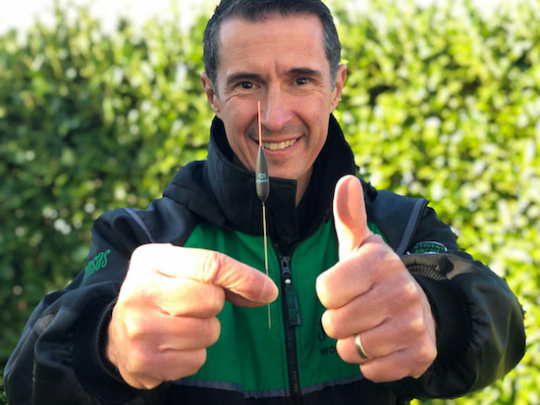
- Depth between 2.50 and 4 m
If the depth of your fishing spot is between 2.50 m and 4 m, all types of keel can be used. Even if a float with a long metal keel is sure to meet all your expectations, the fish you're after may also influence your choice.
In fact, a float with a fiber or, better still, carbon stem will be particularly helpful in visualizing the "lift" keys that could be caused by the pads in particular. In this situation, I use the Sensas "carbon sensitive 2" float.
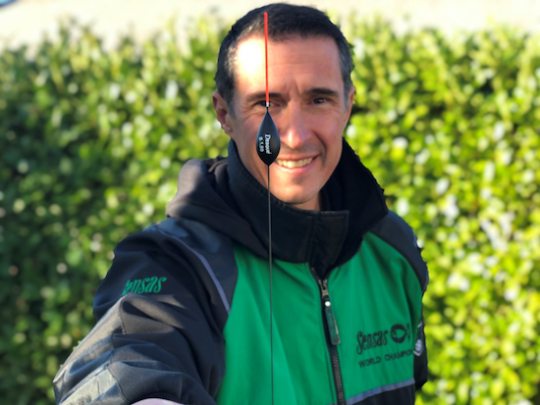
- Depths of 4 m and over
Finally, if the line is deeper than 4 m, I usually opt for a fiber keel. With its good length and great rigidity, this type of keel makes it easier to handle the line, especially when setting it up, thus greatly reducing the risk of tangles.
Tip
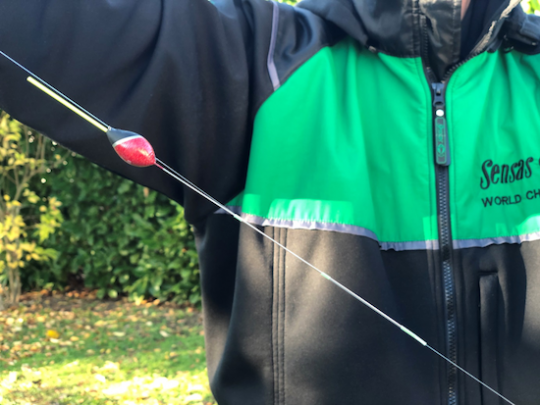
Whatever the circumstances, using a relatively rigid line body and leaving a piece of sheath protruding from the keel will greatly reduce the risk of your line becoming tangled, especially when setting up.

 /
/ 